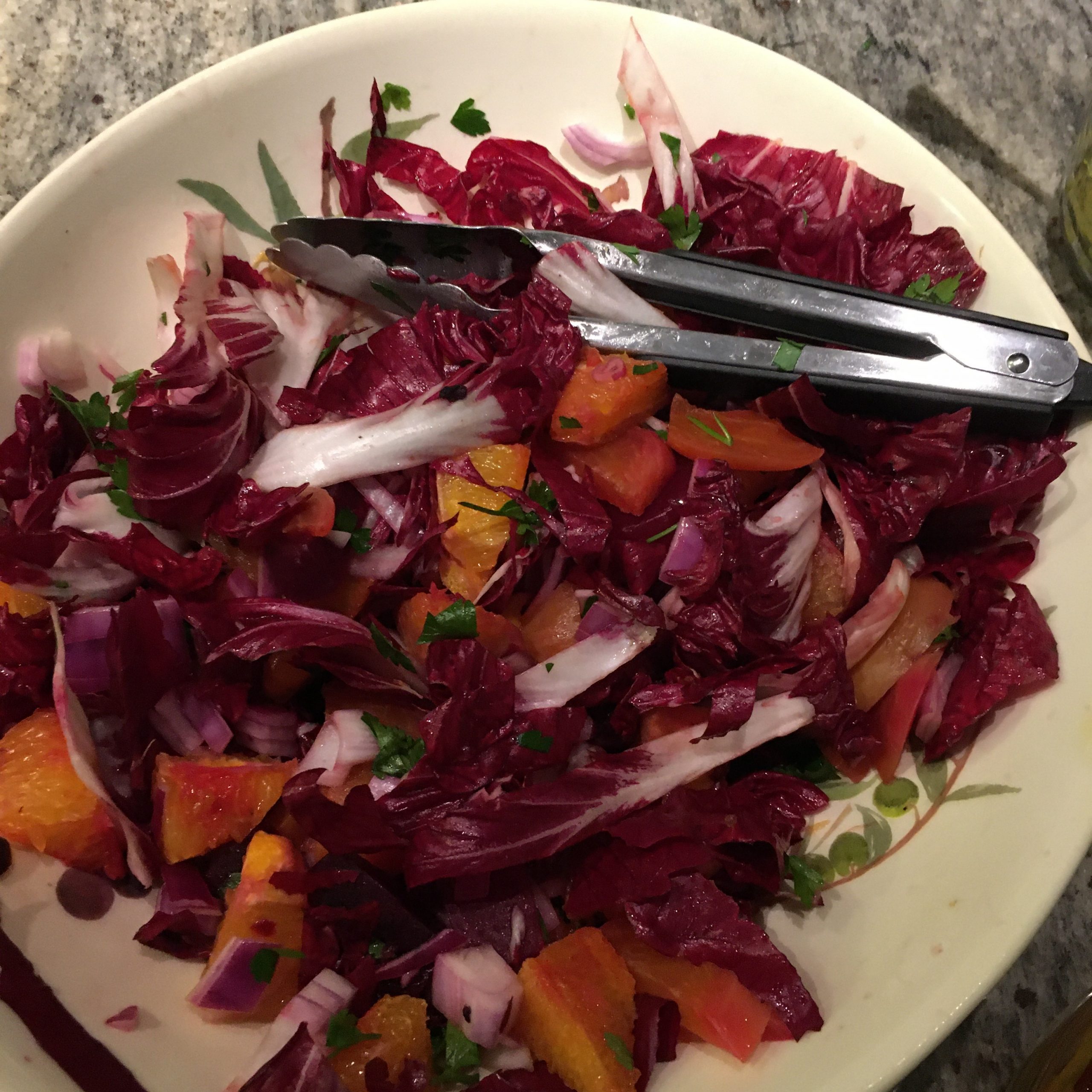I wanted to talk about one of my favorite varieties of olives, Turkish Gemlik olives. These olives are black, as they are cured after they are ripe, and they have a high oil content, which gives a satisfying mouth feel. They are sold either packed in brine or packed dry (usually listed as salt-cured or oil-cured), and you can get them from food importers, Amazon, or any grocery store in Turkey (if you happen to be in the area). The flavor tends to be a bit more complex, with both sweetness and bitterness present.

I was first introduced to these olives while staying with a friend in Istanbul. They are traditionally served as a breakfast olive, which may seem a bit odd to an American palate, as we don’t regularly incorporate olives as part of breakfast. They are served alongside simit (a type of bread coated in sesame seeds), cheese, jam or honey, fresh sliced vegetables such as cucumbers and tomatoes, and of course, tea. The tea itself is notable, as it’s prepared in a sort of double-decker tea pot, with one part filled with very strong black tea, and the other filled with hot water, to be mixed to taste. The tea is typically sweetened, and the flavor of the tea reflects and complements the flavor profile of the olives, with the tannins adding a distinct bitterness tempered by the added sugar.

If you want to incorporate these tasty olives into a delicious and beautiful dish for Thanksgiving, I highly recommend using them in the Beet, Orange and Black Olive Salad from Yotam Ottolenghi’s cookbook Plenty. There is a copy of the recipe here, but it’s worth checking a copy of the full book out of the library, or buying it from your favorite bookseller, as there are lots of delicious vegetable-focused dishes that look gorgeous on a holiday table.
I think this dish works so well for November because we are on the tail end of finding beets at the market (I used both red and golden beets), and at the beginning of peak citrus season. I encourage people to make recipes work with what they have available, and I made a few changes myself the last time I made this dish. I boiled the beets, as written, but I also think they would be delicious roasted, so feel free to adjust depending on what you personally enjoy. I substituted in radicchio for the red chicory, because that was what was available at my market. If you don’t have Gemlik olives, you can sometimes find “oil-cured” Moroccan Beldi olives on the Whole Foods olive bar, or at specialty food stores. They are also wonderful olives and work well with this dish. I personally prefer olive oil to grapeseed oil, so I made that substitution. If you like a more neutral flavor, stick to the grapeseed oil. You can usually find orange flower water at a Middle Eastern market and sometimes at the grocery store, but if you can’t find it, just skip it instead of trying to substitute in something else.
The final dish has a bit of sweetness from the beets and oranges, a distinct acidity from the citrus and red wine vinegar, salt from the olives, and bitterness from the radicchio. It is a gorgeous mix of red and orange hues, and just tastes good.

